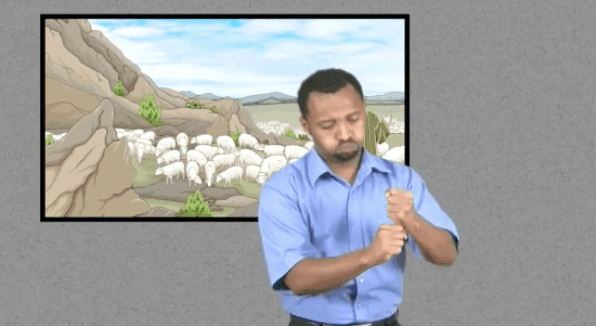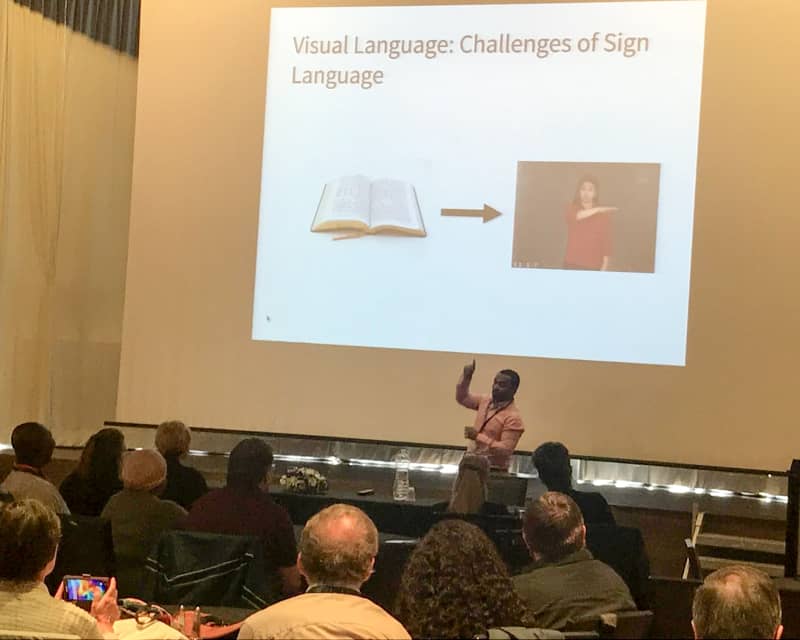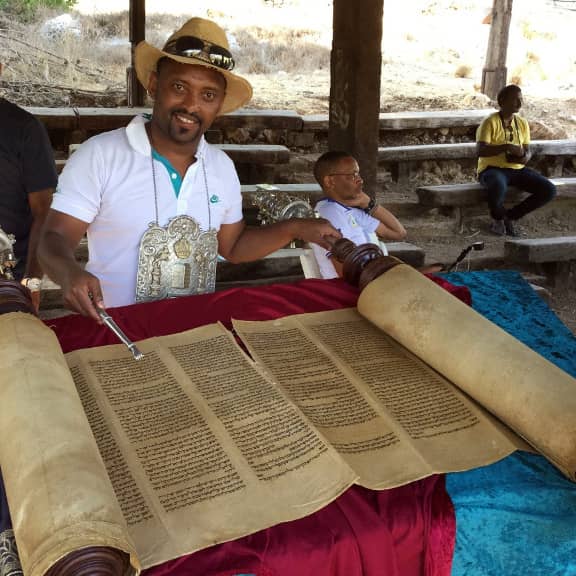DOOR International is celebrating two landmark moments following the Forum of Bible Agencies International (FOBAI)’s annual summit. FOBAI leaders passed the first-ever standards for sign language Bible translation.
“It gives a ‘best practice’ for how translation should take place,” DOOR President Rob Myers recently told Mission Network News.
In addition, Deaf consultant-in-training Tesfaye Moges led a captivating plenary session titled, The Visual Context of the Bible.
“Several people in the audience said that it was the best presentation out of the entire forum. I was so encouraged to see Deaf leaders taking their place in the realm of Bible translation.”

New standards for sign language Bible translation
For the very first time, there are standards for sign language Bible translation.
“Hearing organizations have been doing Bible translation for hundreds of years, but it’s only been within the past 20 or 30 years that sign language Bible translation has even been considered, or even begun to take place,” states Myers.
“There are about 400 or more sign languages around the world estimated, and none of them have a complete Bible right now,” he continues.
These are some of the 12 new standards for sign language Bible translation:
- The on screen signer must be Deaf, and the signer and translation style must be approved by the community. This confirms that the community will watch the signer and engage with the translation style, thus preventing the output of a product the community will not use.
- The translation team must have at least 2 individuals on the team, and at least 50% of the team must always be Deaf. This ensures ongoing community involvement in the translation project and protects the integrity of the project in the eyes of the Deaf community. Hearing people and CODA’s (Children of Deaf Adults) can be a part of the translation team but never the one who signs on camera.
- A certified translation consultant must check and approve the translation and check it according to their organization’s standards. This requirement ensures the accuracy of the translation and its faithfulness to the original text. Having fluency in a signed language ensures the consultants understand the nature of the projects they are dealing with.
- The translation consultant must be affiliated with one of FOBAI’s member agencies or be affirmed by the Deaf Development Group. This is to make sure the translation consultant has met the minimum standards to be a consultant.

Translation consultants are another significant need in the world of sign language Bible translation. There are less than 10 translation consultants worldwide with fluency in at least one sign language. DOOR developed its Consultants-in-Training (CIT) program to address this need.
Tesfaye is one of nine Deaf CITs in the program. Being an experienced Deaf translator and facilitator positioned him well to present on the visual context of the Bible at FOBAI 2017.
“I am thankful to God for this opportunity to explain…about the visual context of the Bible, and how that connects to Deaf translation work,” Tesfaye signed in a recent update report about the conference.
Along with teaching FOBAI attendees about sign language Bible translation, Tesfaye also shared his personal testimony. As Myers recalls, an Ethiopian pastor once deemed him as “the one not even God could save.”
Tesfaye's transformation
Before he came to Christ, Tesfaye lived a notorious life. He was an alcoholic bully, constantly involved in violence. “He was feared in the Ethiopian Deaf community and he was known as someone you needed to stay away from,” Myers explains.
When DOOR recruited Deaf people to start translating Scripture into Ethiopian Sign Language, “no one could understand why Tesfaye was chosen. Tesfaye himself was shocked that he was chosen!
“He first got involved in Bible translation, not because he was interested in the translation itself, but because it gave him the opportunity to travel. And then, all of a sudden, he encountered the story of Jesus’ crucifixion.”
Prior to encountering DOOR and sign language Bible translation, Tesfaye’s only exposure to the Gospel had been through an interpreter at a hearing church. Whenever a pastor taught on the crucifixion, the interpreter would sign, “Jesus died on a cross.” The interpreter never included details about what Jesus went through, or what was involved in the crucifixion process.
However, Tesfaye and his teammates learned all of these details when they translated the crucifixion account into Ethiopian Sign Language. For the very first time, Tesfaye received details in his heart language about the price Christ paid for humanity.
“In light of that amazing sacrifice, Tesfaye couldn’t do anything but surrender his life to his amazing Savior…and his life radically changed.”
One day, the translation team went back to Ethiopia to community test the passages they had translated. Tesfaye met with the pastor who had shared the Gospel with him long ago. Though the pastor tried repeatedly, Tesfaye’s heart never changed.
With sorrow, the pastor had concluded Tesfaye was beyond redemption – but, during community testing, he saw a man radically changed.
“You see,” Tesfaye had signed to the pastor, “God can save even me!”
Over and over again, Deaf people say they never understood the Gospel until they saw it in their heart sign language.




